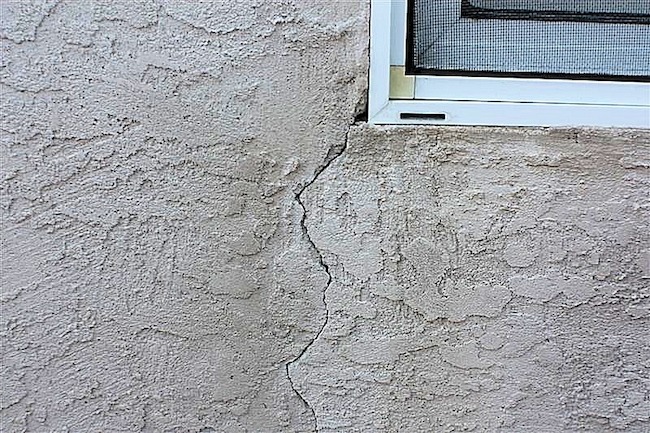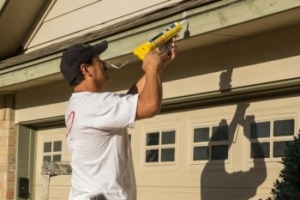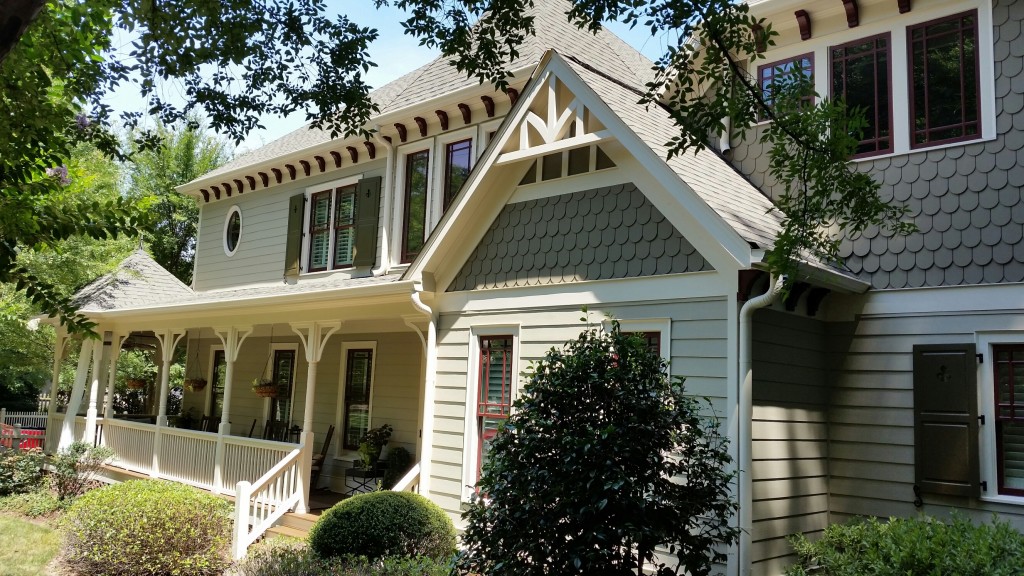Understanding Your Painting Estimate – The Kenneth Axt Painting Difference
Whether you are painting a 400 square foot family room or a 10,000 square foot exterior, the first step to a great result is THE PAINTING ESTIMATE. Cost influences the choice at every budget 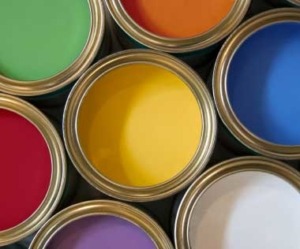 level, so an accurate, detailed painting estimate is paramount to selecting the right painting contractor for your job. No one likes surprises, especially when they involve budget overruns on an estimated job.
level, so an accurate, detailed painting estimate is paramount to selecting the right painting contractor for your job. No one likes surprises, especially when they involve budget overruns on an estimated job.
At Kenneth Axt Painting, we take our estimation process very seriously. We pride ourselves on providing a high quality work product at a FAIR AND HONEST PRICE. We have more than 40 years experience painting Atlanta’s finest homes and you will benefit from the eye for detail that all those years bring. Learn more about Kenneth Axt Painting here.
All of our estimates are performed by Kenneth or David Axt, the founding brothers of the company. They follow a 14 point process that includes the sight and touch of a professional so that details are not overlooked. Each estimate takes roughly two hours and is left with the home owner on the day it is completed.
On exterior painting jobs, we look closely for signs of wood rot, water damage, insect damage, protruding nail heads, caulking and so much more. For interior painting work, details such as lifting drywall tape, nail pops, caulking of trim work, or signs of water damage are noted and included in the estimate. The precision of the inspection provides the homeowner with the confidence that the job will be done correctly and last for years to come.
Other painting companies often “overlook” the maintenance details that we see as a matter of routine. The outcome is either that the estimate initially “seems lower” or, the problems are simply “painted over” and ultimately compromise the quality of the result.
Another key component to UNDERSTANDING YOUR PAINTING ESTIMATE is appreciating the differences in the materials that will be employed in the completion of your job. Kenneth Axt Painting uses only the highest quality Sherwin Williams primers, paints, stains and caulk, as well as top of the line construction materials for replacement.
While high end materials can cost more per gallon, it is well worth the investment because of the longevity that they afford. Using caulk which is the best on the market can cost $11 per tube but is a critical function in preventing rotting wood. Specialty materials may be used; metal roof paints that last twice as long as a regular house paint or $80 per gallon oil base metal paint for the iron porch railings. There are also special acrylics that are purchased to use on coach lamps and chimney caps.
In addition to the quality materials, CRAFTSMANSHIP goes hand in hand in producing a top quality result that will endure for years to come. Kenneth Axt’s painting and carpentry crews are hand-picked and trained exclusively by Kenneth to ensure that the high standards are followed to produce a finished product that meets our company’s quality guidelines. From meticulous carpentry to hand painted (not sprayed) trim work, where possible, our goal is to provide our clients with a satisfying experience that they will be proud of!
For a long lasting job, the devil is in the details. Kenneth Axt Painting crews even wash the exterior window, clean out gutters, caulk the coach lamps at the brick or siding knowing that these are trouble spots and need attention.
At the finish line, is the WARRANTY AND MAINTENANCE PLAN. Our goal is to produce a job that lasts 10 YEARS OR MORE. Our clients enjoy the peace of mind of our routine maintenance inspections.
Take a moment to read our Testimonials and then Request Your Free Estimate today. You can always call our office at 770-928-8700 to speak with our friendly and knowledgeable staff to arrange an estimate.
Detail, quality, professional, experience and warranty…you’ll be happy you used Kenneth Axt Painting Contractors.


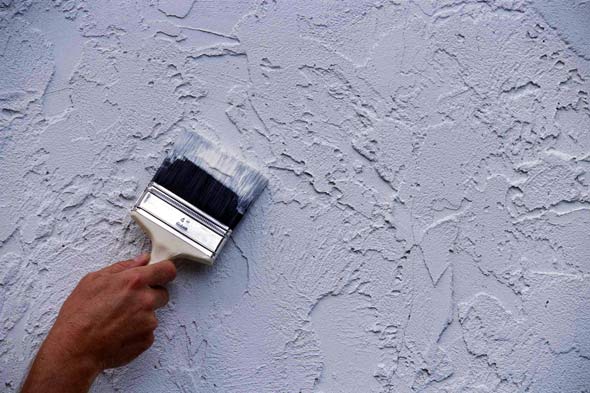 Once the surface has been prepared by pressure washing, cracks and bulges have been repaired, you are ready to begin the application process.
Once the surface has been prepared by pressure washing, cracks and bulges have been repaired, you are ready to begin the application process.